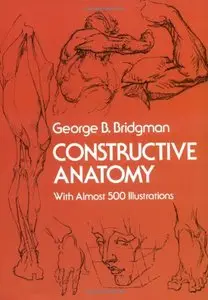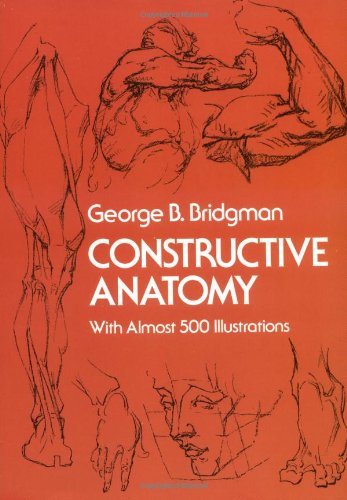Constructive Anatomy: with Almost 500 Illustrations by George B. Bridgman
English | June 1, 1973 | ISBN: 0486211045, 1781390142 | 170 Pages | PDF | 17,6 MB
English | June 1, 1973 | ISBN: 0486211045, 1781390142 | 170 Pages | PDF | 17,6 MB
"Excellent. The most valuable, detailed anatomical studies (which are also beautifully drawn) of all parts of the figure." — American Artist
"The best book on artist's anatomy available anywhere." — Art Students League News
Countless artists and students since the 1920s have used this and other books by George B. Bridgman (for nearly 50 years a teacher at the Art Students League in New York) for a solid foundation and understanding of human anatomy. They have found, and continue to find, that his unique way of discovering the vitalizing forces in the human form and realizing them in drawing carries the student pleasantly over one of art's most severe hurdles. Bridgman's superb anatomical sketches, of which there are nearly 500 in the book, also bring clearly to fruition his lucid theories of how to draw the human body in its structure and its complex movements.
Constructive Anatomy, an anatomical reference guide for the working artist, sculptor, and student, graphically shows important parts of the human body, both in motion and in repose — hand, wrist, thumb, fingers, forearm, arm, armpit, shoulder, neck, head, eye, nose, ear, mouth, chin, trunk (front, side, and back), pelvis, hip, thigh, leg, knee, ankle, foot, and toes. Drawings of bone and muscle structure of the working of the joints and the interrelation of the various parts of the body are mainly concerned with movement of all sorts — movements that are described in detail as well as illustrated. The bending, twisting,and turning, creasing and interlocking of the various parts of the body are represented in drawing as the wedging of masses in specific ways that are clearly defined by Mr. Bridgman.
Every artist will save tedious hours of research with this simple but effective approach, and will be delighted with its directness and fervor.



